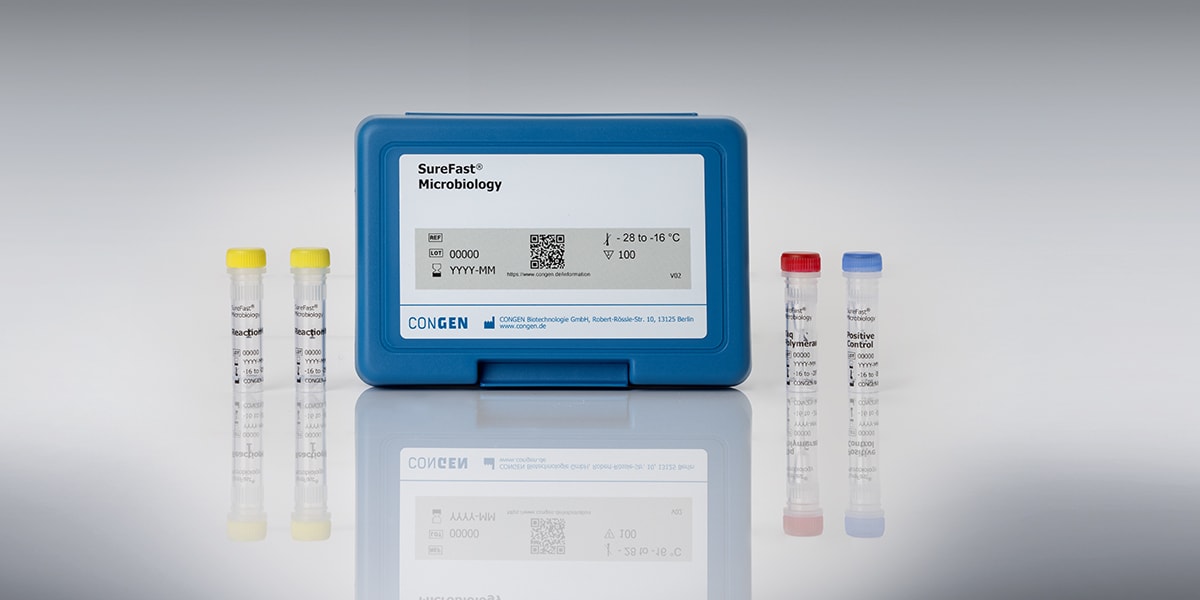
Recent news in Food & Feed Analysis
- Home
- /
- Pseudomonas aeruginosa: A new...
Pseudomonas aeruginosa: A new way to track down the pathogenic bacteria

The bacterium Pseudomonas aeruginosa is a common pathogen. Together with E. coli, legionella and enterococci, it is one of the most dangerous bacteria in drinking water and also one of the most common hospital germs. The new Compact Dry PA identifies the bacterium easily and reliably.
From a medical point of view, Pseudomonas aeruginosa is the most significant member of the genus Pseudomonas. Because of its high adaptability and low nutrient requirements, it can be found nearly everywhere as long as there is enough water: common habitats are moist soils and lakes as well as toilets, sinks, swimming pools, soap dishes, vases and dishwashers. It can even survive in distilled water and disinfectants.
Pseudomonads are therefore well known as a source of contamination in tap water, but they also lead to food spoilage.
In healthy humans, Pseudomonas aeruginosa rarely cause severe diseases. However, they are opportunistic and can cause dangerous infections in immunodeficient persons or persons with open wounds. This is why the bacterium, which is resistant to many antibiotics, is a major problem especially in hospitals.
How to prevent Pseudomonas aeruginosa
Since Pseudomonas aeruginosa is highly adaptable and can reproduce quickly, even small concentrations can be hazardous. This is why the drinking water ordinance requires water to be routinely tested for pseudomonas. According to this regulation, the bacterium must not be detectable in 250 ml of drinking water that is intended to be sold in sealed containers. Since the pathogen is difficult to control, effective prevention is essential. Common infection control precautions include regular and thorough hand washing, wearing of gowns and gloves as well as proper cleaning of all relevant machines and devices. 70% alcohol is recommended for best disinfection results.
How to detect Pseudomonas aeruginosa
Detection of Pseudomonas aeruginosa is of great significance for food and beverage producers – especially as the bacterium is a valuable indicator germ for general hygiene in the production area. Cultivation-based methods have proved effective, because they are safe and easy to perform. Culture medium plates such as Compact Dry are suitable for process control as well as for final product control. Plus, they allow analyses of water, beverages, solid foods and even surfaces (by using the Compact Dry swab).
The new Compact Dry PA detects pseudomonas in 3 easy steps:
- Open the cap and drop 1 ml of specimen on the middle of the plate. The specimen diffuses automatically into the nutrient medium, transforming it into a gel.
- Close the cap again and put the plate upside-down in the incubator. If the bacterium is present in the sample, it will now grow and secrete pigments.
- After an incubation period of 48 hours, the colored colonies can be counted with the naked eye. Pseudomonas aeruginosa colonies show a red coloring surrounded by a greenish-yellow zone.


